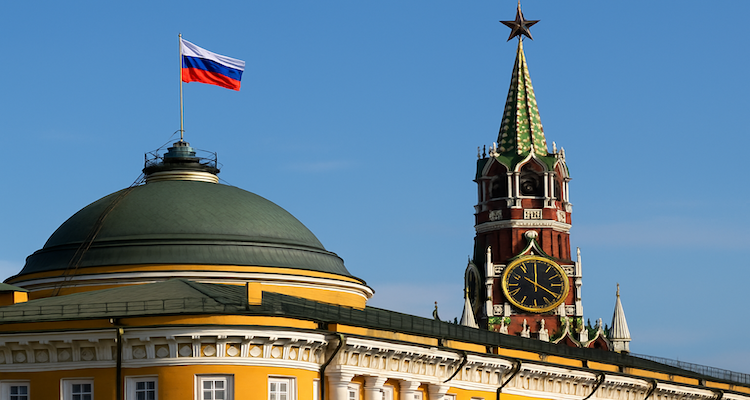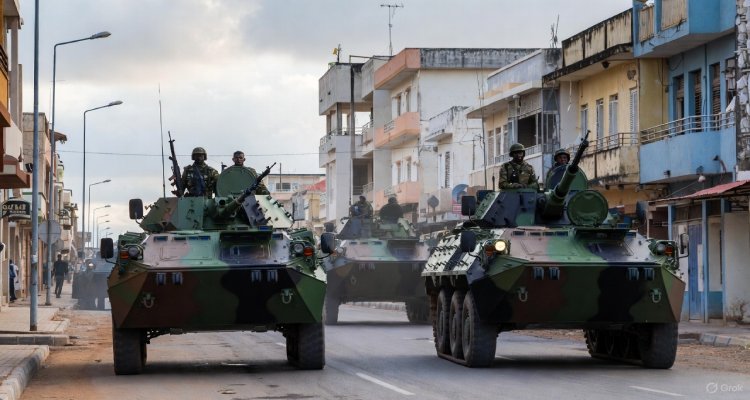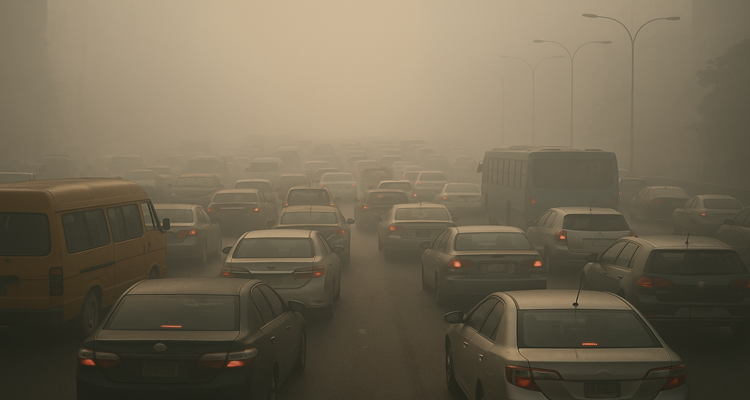What Is the Two-State Solution to the Israel-Palestinian Conflict?
India backs a two-State solution to the Israel-Palestine conflict at a UN conference, stressing peace through diplomacy. The Gaza crisis puts this vision to the test.
A Renewed Call for Peace Amid Escalating Tensions
At a critical juncture for Middle Eastern diplomacy, India reiterated its unwavering support for the two-State solution to the Israel-Palestinian conflict at a recent high-level United Nations conference. The call comes as the decades-old vision of two independent states—Israel and Palestine—living side by side in peace teeters on the edge of collapse, particularly after the devastating events of October 7, 2023, when Hamas launched a deadly attack on Israel, triggering a massive military response in Gaza.
With the Gaza Strip reduced to rubble and the political landscape more fractured than ever, world leaders gathered in New York from July 28 to 30, aiming to revive international momentum toward a peaceful resolution. The glaring absence of both the United States and Israel, however, underscored just how steep the road to peace remains.
Historical Context: The Long Road to Two States
The idea of a two-State solution isn’t new. It has roots dating back to 1947, when the United Nations proposed the partition of British-ruled Palestine into separate Jewish and Arab states, with Jerusalem under international control. The proposal was accepted by Jewish leaders but rejected by Arab ones, leading to the first Arab-Israeli war.
Years of negotiations followed, most notably the 1993 Oslo Accords, signed by Israeli Prime Minister Yitzhak Rabin and Palestinian Liberation Organization (PLO) leader Yasser Arafat. These accords laid the groundwork for future negotiations, envisioning a phased path toward Palestinian autonomy in the West Bank and Gaza.
Subsequent attempts—like the 2000 Camp David Summit and the 2001 Taba talks—ended without resolution. As violence and distrust deepened, the two-State solution became a diplomatic ideal rather than a near-term goal.
The 2025 UN Conference: A Reframed Global Push
Hosted in New York, the July 2025 “High-level International Conference for the Peaceful Settlement of the Question of Palestine” brought together over 125 global and regional representatives. The conference sought to rekindle global commitment to a just and lasting peace.
France and Saudi Arabia, serving as co-chairs, urged nations to endorse a declaration calling for an end to the Gaza war and the immediate implementation of a two-State framework. The outcome: a 25-page document known as the New York Declaration, which issued clear demands:
- An immediate ceasefire in Gaza
- Hamas must release all hostages
- Hamas must relinquish governance and arms to the Palestinian Authority
- Formation of a transitional administrative committee in Gaza
- Accountability for all violations of international law
- Reconstruction of Gaza under Palestinian Authority leadership
The declaration reaffirms a vision of two sovereign states, using the pre-1967 borders as a foundation and naming Jerusalem as the shared capital—an idea consistently rejected by Israel, which views the entire city as its indivisible capital.
India’s Consistent Support: Diplomacy Over Conflict
India’s participation and firm stance drew international attention. New Delhi has long maintained a balanced policy—supporting Palestinian aspirations while sustaining strong ties with Israel. At the UN conference, India stressed that lasting peace could only be achieved through purposeful dialogue and diplomacy.
India’s position aligns with the global consensus outlined in numerous UN resolutions: a sovereign, democratic, and viable Palestinian state should exist peacefully alongside Israel, within secure and recognized borders.
Expert Insight and International Reaction
International organizations like the Organization of Islamic Cooperation (OIC) and the International Committee of the Red Cross (ICRC) echoed the urgency for political reform in Palestinian governance. Analysts say any sustainable peace must empower the Palestinian Authority, which is currently viewed as politically weak and lacking control over Gaza.
Middle East policy expert Dr. Rami Khouri remarked, “The New York Declaration marks a significant diplomatic pivot, but without buy-in from Israel and the U.S., it’s hard to translate words into action.”
Many nations welcomed the declaration, but skeptics noted the absence of enforcement mechanisms or incentives to draw conflicting parties back to the negotiating table.
The Stakes Ahead: Peace or Prolonged Paralysis?
The humanitarian toll of the ongoing conflict in Gaza continues to rise, with thousands dead and millions displaced. The declaration’s call for accountability could pressure both Hamas and Israel, but only if paired with sustained international engagement.
The broader implications extend beyond the region. Continued conflict fuels radicalization, affects global oil markets, and puts pressure on international alliances. A peaceful resolution is not only a moral imperative but a geopolitical necessity.
If the two-State solution fails permanently, the international community may face the grim alternative of a one-State reality marked by systemic inequality, permanent occupation, and endless cycles of violence.
Conclusion: A Fragile Vision, Still Worth Pursuing
Despite decades of setbacks, the two-State solution remains the most widely supported framework for ending the Israel-Palestine conflict. The 2025 UN conference has brought the conversation back to the global stage, even as conditions on the ground grow increasingly dire.
India’s diplomatic endorsement of the solution, alongside other international voices, signals that the world is not yet ready to abandon the pursuit of peace. Whether words will lead to meaningful change now rests with those who did not attend the conference—and with the political courage of leaders on both sides of the divide.
Disclaimer: This article is for informational purposes only and reflects developments and diplomatic discussions up to August 2025. The geopolitical situation is fluid, and interpretations may evolve as events unfold.











